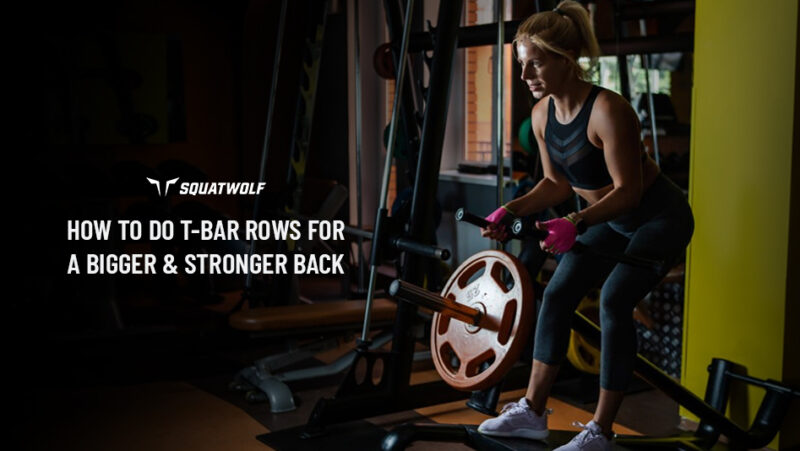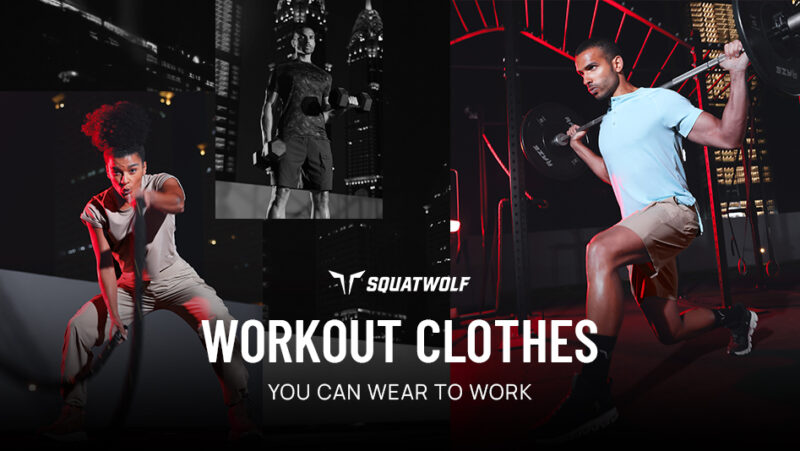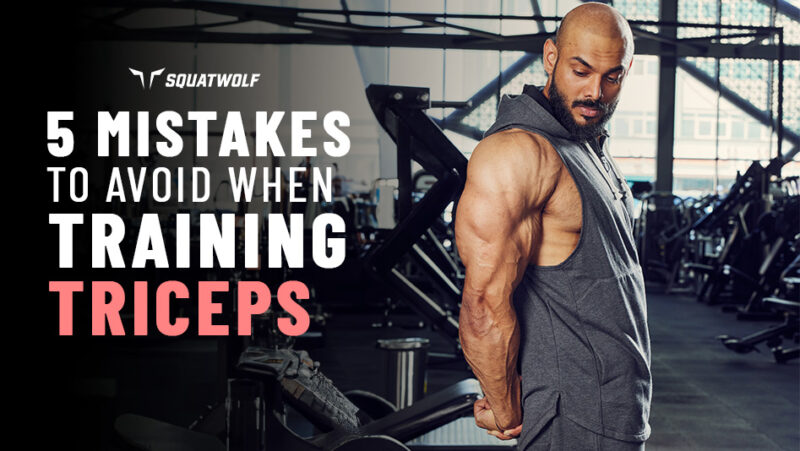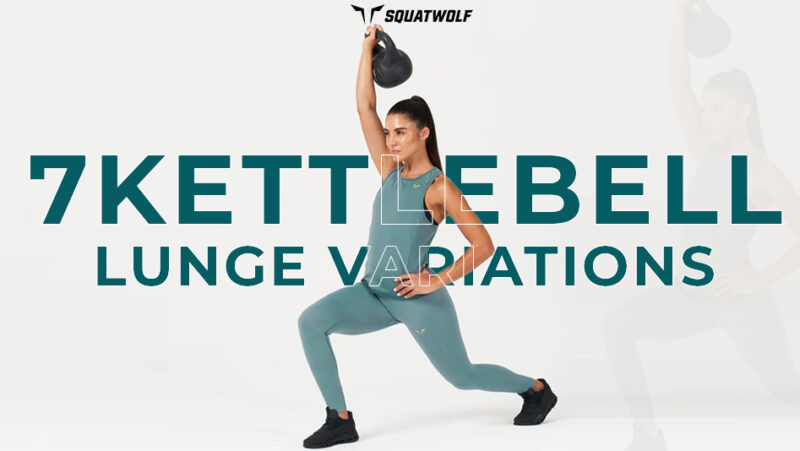Are you ready to get that beefy back that makes everyone’s jaws drop? If your goal is to get that sculpted back with deep dimples and thick lats, then you need to stop doing good-for-nothing exercises. It’s time to give T-bar rows a try!
T-bar row isn’t any ordinary exercise – it’s the move of all moves that will help you construct that monstrous, muscular back known for its mass and strength. This particular exercise enables you to not only create endurance, but also lift heavier, working all your major back muscles so your back is not less than a masterpiece.
In this guide, you’ll learn everything you need to know about T-bar rows!
Explore this workout to build that super-sized upper body at home & complement it with a full-blown biceps workout!
What is the T-Bar Row | How To | Muscles Worked | Benefits | Alternatives & Variations | Key Takeaways | FAQs
What Is The T-Bar Row?
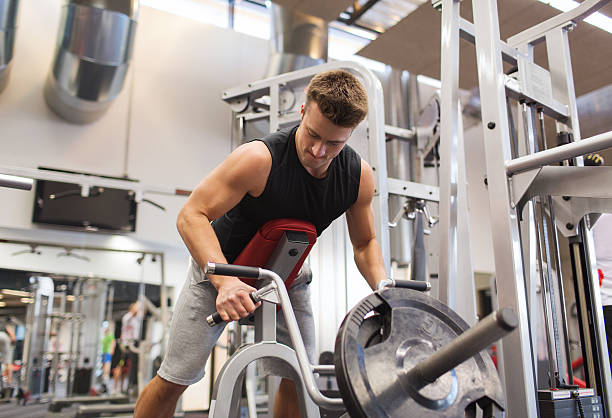
At the foundation, the T-bar row is a compound exercise that incorporates a specialized machine or weight setup to work some of the specific muscles in your back. The setup is comprised of a bar attached from one end to a stabilizing tool or a wall.
Once an attachment is slipped under the bar, it forms a “T” shape at the other end. This is where you stack the weights plate. This allows the bar to move in the same way free weights do but with the stability of machine equipment. Through this exercise, you’re able to develop strength, stability and overall growth in your upper body including your arms, forearms and traps.
A study in the Journal of Strength and Conditioning Research talks about the efficiency of compound movements such as the T-bar row in boosting muscle activation. This study also talks about how such exercises engage multiple muscle groups in your back, giving you gains, growth and strength.
Want to look your best? Check out these 8 powerful back and biceps exercises!
How To Do T-Bar Rows For A Bigger & Thicker Back
Step #1: T-Bar Row Form – Get It Right
To make sure you’re doing the exercise in the right way, you need to get your form right first. Before you start lifting, make sure you’re in the right position to do this exercise.
Here’s how to do T-bar rows:
- Stand with your feet shoulder-width apart, with the bar in the middle of your feet. Bend your knees and hips while maintaining a neutral, straight back.
- Based on the muscles you’re targeting, choose your grip and attachment. If you’re hitting lats, then opt for a straight bar with a wider grip, and if you’re working the middle back, then add a v-attachment for a narrow grip. Make sure your grip is steady, firm and at-ease.
Learn how you can build that titanic upper back!
Step #2: T-Bar Row Machine – Executing The Exercise
Once you’ve got your form right, it’s time to deep-dive into the exercise.
Here’s how to do T-bar rows:
- With your knees slightly bent and your back in a neutral position, lift the bar while slightly straightening your legs. Your back should be parallel to the floor.
- Pull your elbows backwards, tucking them into your sides and pulling the weight towards your lower chest or belly button area. Mentally focus on squeezing your shoulder blades during contraction.
- Maintaining complete control of your eccentric, lower the weight back to starting position as you fully extend your arms and back muscles, letting them stretch.
Working with free weights? Check out these 5 dumbbell exercises for back gains!
The Muscles Worked in T-Bar Rows
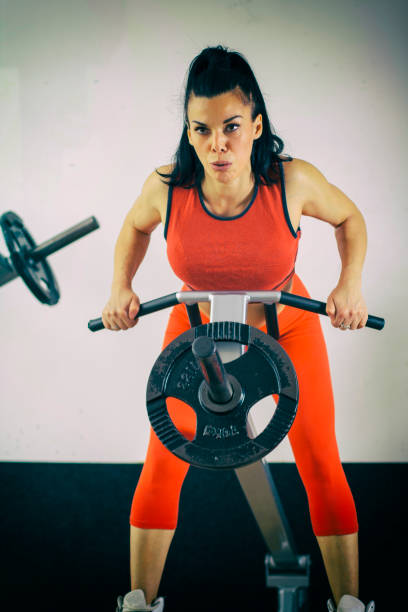
Compound exercises are popular because they engage multiple muscle groups at once. The T-Bar row also activates and works several muscles in your back at once.
Here are the muscles worked in this exercise:
- Latissimus Dorsi (Lats): As the primary movers, your lats are engaged throughout the exercise. With regular workout, your lats get enough engagement to widen the structure of your back.
- Rhomboids and Trapezius: The secondary muscles in your workout, thicker traps and rhomboids improve your posture, strength and muscle mass growth.
- Biceps and Forearms: Although playing a supportive role, your biceps and forearms get a good workout in the contraction and retraction movement.
Don’t have access to the gym? Do these 9 powerful exercises at home to build your back!
The Benefits of T-Bar Rows
This exercise is one of the most popular moves at the gym because of how comprehensive and all-engaging it is. But more than that, this exercise gives you several long-term benefits that aren’t just for the aesthetics, but also for your overall health.
- Strength & Hypertrophy: Like most gym-enthusiasts, if your goal is to build strength and achieve muscle hypertrophy, then the T-bar row is perfect for you as it allows you to stack up the bar with weights, lift heavy and keep your muscles challenged and active in every move.
- Variety: Since there is a variety of gripping options to choose from, you can have a slight change of grip to engage different parts of your back i.e. your lats, traps, or middle back, making this an extremely versatile movement.
- Safety: With the T-bar row being fixed and a stable movement (especially the chest supported variation), you’re able to overcome lower back strain, which makes it the best alternative to regular free weights.
- Easy To Do: Another benefit of T-Bar rows is that you can easily rack up the plates or take them off the bar in a swift and easy manner. This means not only is setting it up easy, but also doing drop sets, super sets and other intensity-boosting techniques easy for you.
- Core Strength: One of the biggest benefits of compound exercises is that they construct a strong core, helping you build stability for better overall performance and lifting abilities. In addition, a stronger core also means that you’re able to do your cardio and endurance training effectively.
Learn more about the back anatomy, common pain and best exercises to do!
Alternative Exercises & Variations
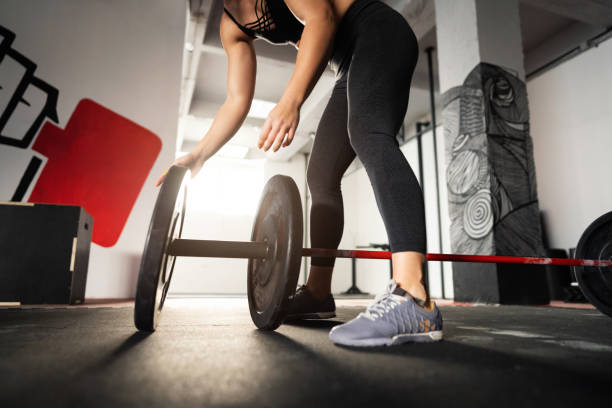
Just because you don’t have access to the T-bar row machine, doesn’t mean you won’t be able to do this compound movement. Here are a few alternatives to this exercise that’ll keep your workout exciting, intense and challenging enough:
- Landmine T-Bar Rows: Use a normal barbell and a corner setup, otherwise known as the landmine attachment, to copy the same motion as in the T-bar row’s movement. This variation works your lats and delts, giving you a solid back burn.
- Dumbbell Rows: Ideal for unilateral training, this variation of the exercise helps you overcome muscular imbalances. If you’re unable to feel the burn in one side, this variation will help you feel it. This variation not only works your lats but also your mid back, lower traps and rhomboid, boosting your stability.
- Chest-Supported Rows: Keep a bench ready and under your chest, then pull with your dumbbells to make this movement easier on your lower back. This alternative is much friendlier on your back, reduces strain and works your upper as well as middle back.
Want to do some isolated training? Do these 4 exercises for stronger lats!
Key Takeaways
Wrapping up, the T-Bar row is considered as as the cornerstone of all the back workouts as this compound movement helps you build a strong, muscular back. From working your lats all the way down to your forearms, this exercise targets several muscles within your back, helping you achieve an aesthetically pleasing back that’s strong and thick.
What makes this exercise so popular is that you can easily stack up plates onto the bar to lift heavy and achieve hypertrophy, and develop core stability. With the several substitutes and alternatives for this exercise available, you can always mimic this movement with or without the T-Bar row machine!
FAQs
To get your form right, you need to:
- Stand with your feet shoulder-width apart, and the bar between your legs.
- There should be a slight bend in your hips and knees with a straight and neutral back.
- Take your grip based on the muscles you want to target. Take a wider grip for lats and a narrow grip for middle back.
- With your form set, lift the bar with your legs straightening out slightly and your back parallel to the floor.
- Pull the bar into your lower chest or abdomen, squeezing your shoulder blades at the contraction.
- Control your eccentric, fully stretching your back muscles and arms out.
Yes, T-bar row is considered to be safe when it’s performed with the right form and the appropriate weight for you. Since this exercise offers a stable movement as well as supports your chest area (if you do it on a bench), it reduces the strain on your lower back, helping you do this movement without any pain or discomfort. Avoid stacking up too many weights on the bar so that your back remains neutral throughout the exercise and you’re able to avoid any risks.
You should always choose the weight on T-bar rows based on your fitness level and the rep range you’re gunning for. Not only does this apply to t-bar rows, but also to all other exercises. For strength, always hit heavier weights with lower reps (in the 5 to 10 range). If your goal is hypertrophy, go for moderate to higher reps (in the 8 to 12 range).
However, all things aside, always focus on your form before the weights. Don’t try to ego-lift more weight than you can handle as this compromises on the quality of your reps as well as makes you susceptible to injuries. Always start with a weight that’s manageable and allows you to complete your sets and reps with proper form. Increase your reps, sets and weights as your strength builds on.
Read More From SQUATWOLF


